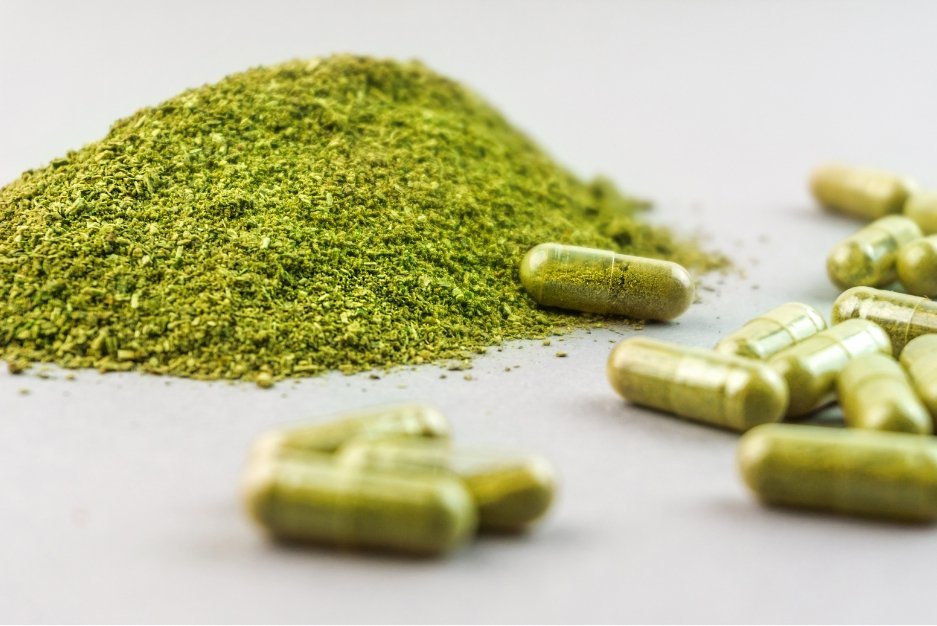Struggling with opioid addiction? You’re not alone. Millions grapple with the powerful grip of prescription painkillers and illegal drugs like heroin. The good news is, there might be a safer path to managing your symptoms. Kratom, a Southeast Asian plant, has emerged as a potential alternative for those seeking relief from chronic pain and opioid withdrawal symptoms.
But is kratom truly a safer option? Let’s delve into the differences between kratom and opioids, exploring the potential benefits and risks of each.

Understanding Opioid Addiction:
Opioids are a class of drugs that bind to opioid receptors in the brain, producing feelings of euphoria and pain relief. However, with repeated use, dependence and addiction can develop. This leads to intense cravings, difficulty functioning, and withdrawal symptoms when you stop taking the drug. Opioid overdose is a serious and potentially fatal consequence of addiction.
Kratom: A Potential Ally?
Kratom comes from the leaves of the Mitragyna speciosa tree. It interacts with the same opioid receptors in the brain, but to a lesser extent. This means kratom can offer pain relief without the intense euphoria associated with opioids. Additionally, some users report that kratom helps alleviate opioid withdrawal symptoms, including:
- Muscle aches and cramps
- Anxiety and restlessness
- Insomnia
- Diarrhea and nausea
Exploring the Differences:
Here’s a breakdown of some key differences between kratom and opioids:
- Potency: Kratom is significantly less potent than most opioids, reducing the risk of overdose.
- Addiction Potential: While kratom can be habit-forming, research suggests it has a lower addiction potential compared to opioids.
- Side Effects: Both kratom and opioids can cause side effects. Kratom’s side effects are typically milder and include constipation, nausea, and drowsiness.
Important Considerations:
Kratom research is still in its early stages. More studies are needed to fully understand its potential benefits and risks. Additionally, kratom is not regulated by the FDA, raising concerns about product safety and consistency.
Exploring Alternatives and Managing Pain
Opioid addiction is a complex issue, but there’s hope for a brighter future. While professional medical help is crucial for long-term recovery, Kratom presents a potential tool for managing withdrawal symptoms. Its milder effects and lower addiction potential offer a potential path towards improved well-being.
While opioids can be highly addictive and pose a significant overdose risk, Kratom offers a potential alternative with a lower addiction potential and less potent effects. While research on Kratom is ongoing, some users report it helps manage chronic pain and alleviate opioid withdrawal symptoms.





